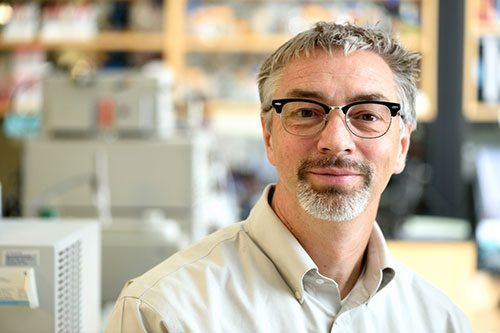 Professor Doug Barrick
Professor Doug Barrick
Johns Hopkins University, USA
https://biophysics.jhu.edu/directory/doug-barrick/
Doug Barrick has been on the faculty in the Department of Biophysics since 1997. He obtained his BA at the University of Colorado, studying Molecular Biology and Chemistry, where he did independent research with Larry Gold, Gary Stormo, and Tom Schneider, and learned information theory, multiple regression techniques, nearest-neighbor models, and recombinant DNA work. He obtained his Ph.D. in the Department of Biochemistry at Stanford in the laboratory of Buzz Baldwin, where he studied protein folding, and experimentally and thermodynamically characterized a partly folded “molten globule” state of apomyoglobin. He did postdoctoral research at the University of Oregon in the laboratory of Rick Dahlquist, where he used chemical rescue techniques to study structure, energetics, and allostery in myoglobin and hemoglobin, and learned some NMR.
At Johns Hopkins, Doug and his lab have been focusing on the folding of repeat proteins, and on the structure, energetics, and function of Notch signaling. The folding studies have involved a series of roughly translationally symmetric proteins that can be fragmented and extended, allowing direct correlations to be made between stability, folding kinetics, and protein structure. Using variable-length proteins made of identical “consensus”-based repeats, the Barrick lab has been able to apply nearest-neighbor “Ising” models to resolve intrinsic stability from coupling between repeats. This approach is providing a direct experimental quantification of cooperativity in protein folding, an important but difficult-to-characterize quantity.

